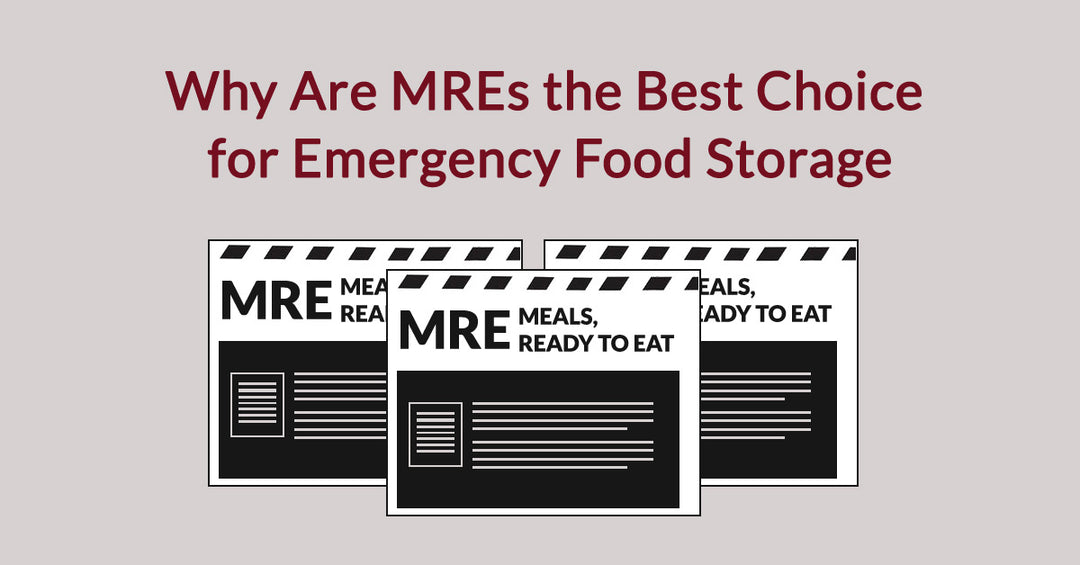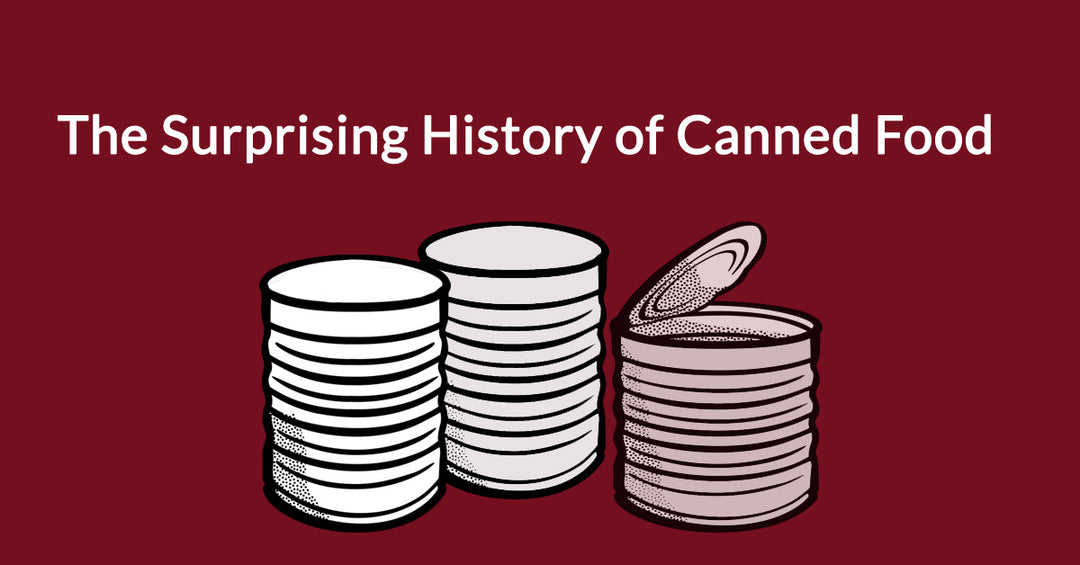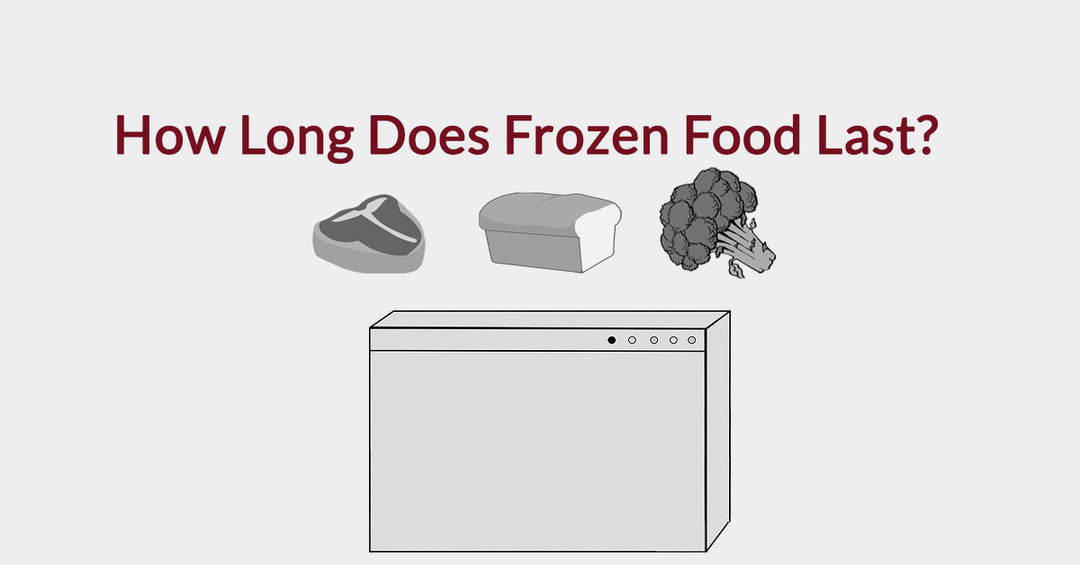Why The Second Wave of Pandemics Can Be The Most Dangerous

By now, most people are familiar with the novel coronavirus, more commonly known as COVID-19. The pandemic has swept through countries all over the world for the last several months — and it's not over yet. Although social distancing practices have helped "flatten the curve" and slow the progress of the virus in some countries, new infections are still on the rise.
Most of North America has been under some sort of shelter-in-place order, which has helped slow the spread of COVID-19. However, several states in the US that were hit hard with the virus have begun the first phases of their reopening process. Businesses will still be under partial restrictions and social distancing is still required, but an increase has already been seen in many newly-reopened areas. This recent spike reinforces concerns of many experts predicting a second wave of the pandemic.
Some experts warn a second wave could arrive before fall if restrictions are lifted too quickly. If a second wave waits until the fall, it will line up with flu season — making it even more difficult to detect. Since COVID-19 cases are already present, the virus will take off much more quickly than it did when it was new to North America.

During the height of the coronavirus pandemic, the United States suffered record unemployment numbers in “Non-essential” sectors that impacted lower socioeconomic populations the worst. Consequently, grocery stores were forced to changed their hours of operation because the public went into a panic while hoarding items such as storable food, toiletries, sanitization products and bottled water.
If a second pandemic were to break out, would you be able to weather the storm? In order to determine this, let’s examine what has happened during the height of this pandemic and what we can expect to happen if another wave hits North America.

Food Prices Skyrocketed
Each week that you go to the grocery, you’ve probably experienced sticker shock. Many of your household staples have suddenly risen in price. USA Today recently published an article saying that food prices have seen the highest one month increase since 1974.
Food that can be stored in your pantry has already become scarce and to add insult to injury, experts suggest that jobs provided by many small businesses may never come back. The combination of rising food prices coupled with scarce employment opportunities is a recipe for crisis.
Unfortunately, when food prices go up, they rarely go down. When you think about the amount of money the US government had to print in order to send everyone a stimulus check, you can understand why your dollar has less buying power today than it did several months ago.

Storable Food Companies Were Sold Out
Many storable food companies rapidly sold out of their non-perishable foods when it became clear that the pandemic was going to have a serious impact on our economy.
There is an old saying in the prepper community: “Storable food is insurance you can eat.” That saying rang true during the height of the pandemic. Many viral videos showed the true nature of humans during a panic. Many videos featured people fighting over supplies at the supermarket. Others showed senior citizens having critical items ripped from their arms.
Can you imagine what would happen during another pandemic scare? Rather than fight the crowds for last remaining supplies on the shelf, wouldn’t it be better to have cache of emergency food on hand? Stocking items like MREs (Meals Ready to Eat) and purified drinking water can give you the reassurance in knowing you and your family will food and water if needed.
Inflation: The Invisible Tax
One of the most dangerous aspects of another wave of pandemics is the looming impact of inflation. Politicians typically get a bad rap whenever they vote to raise taxes. However, when they simply rack up more national debt, taxes aren’t directly levied on citizens. They’re indirectly levied by diluting the value of the dollar.
When governments begin borrowing and spending, the damage is already done. Government entities have shown that they are willing and able to print their way out of a pandemic. With food prices already hitting new highs, what will happen if another pandemic hits? Will governments continue printing more money?
When you go ahead and purchase survival foods such as MREs, you’re locking in your food at a price that you know you can afford. If you look at other economies that have been impacted by hyperinflation, you could get a glimpse of the dangerous situation that could be created when the value of the currency is diluted to a point to where it becomes difficult to afford basic necessities.

Supply Chain Risks
Do you ever think about how food arrives on the store shelves? There are warehouses, there are truck drivers, and there are entire workforces that must be on the same page in order for the food to show up at the supermarket.
Many news organizations continuously reported on the fact that grocery supply chains started to fail. Did you notice how ground beef, chicken and steak became scarce? Many families began hoarding canned goods and groceries had to start putting purchasing limits on specific items in order to alleviate the strain on the supply chain.
One of the more under reported aspects of the pandemic was the price of oil. While oil prices dropped to record lows, this negatively impacted supply chains all around the world. If supply chains falter, food will not make it to the supermarket shelves. This could set off a chain reaction of negative events in your community.
Grocery Stores May Limit What You Buy
If the supply chain falters and inflation causes food prices to continue to go up, the government may force groceries to limit what customers can buy. These types of measures would be put in place to prevent people from hoarding what little food is left on the shelves.
What if groceries no longer allow shoppers to come into the stores? Your grocery shopping may be limited to the bare essentials. Eggs, bread, and milk could be the main items available, if they are even available at all.
If a second pandemic impacts the North America and your food options are limited, can you be confident that the grocery store will have enough food from week to week?
The Unforeseen Dangers of Pandemic Desensitization
Going into the Summer of 2020, we are already seeing many who are simply ignoring the social distancing guidelines put forth by the World Health Organization. As news cycles change, the COVID-19 pandemic may seem like a distant memory to some.
These individuals could be desensitized to the idea of a 2nd pandemic therefore they could inadvertently contract the disease and spread the illness to their friends and family members.
This in turn could cause the government to shutdown common areas in your community which could directly impact your ability to get food. Imagine the panic and chaos that would ensue if this scenario were to play out.
Contact Tracing is Becoming Mainstream
With governments heavily investing in contract tracing technologies, these systems could be used to quarantine various communities. What happens next? What if you happen to come in contact with someone who has the virus?
What if you are forced into quarantine? Contract tracing is a new frontier and this endeavor could bring about its own set of challenges. Wouldn’t it be better to avoid these hassles and invest in survival food so that you aren’t left worrying about what could happen in times of uncertainty?
If you are able to shelter in place and thus relieving you of the responsibility of always having to go out and find food, there's less risk of you coming into contact with the virus. This is a win-win situation for everyone involved.
Food Banks – Will They Exist?
During the first wave of pandemics in North America, we witnessed a phenomenon that we never thought we’d see happen. Community food banks were picked bare in a matter of days. Charities never seem to have enough but during times like these, food charities were completely decimated by the sheer demand for their services.
Some food banks started to ration what they gave out to the community. Others simply closed their doors due to being overwhelmed and out of food. When your community runs out of food and the charities are unable to help, where would you turn next?
How to Mitigate the Dangers of Food Shortages
Some parts of the Western Hemisphere were impacted much more harshly by the COVID-19 pandemic. Experts seem to be in agreement that a second pandemic wave could be more severe than the first wave. In order to get ahead of the curve, you must first meet your basic needs as a human being.
Securing a source of food during times of uncertainty will help put you way ahead of the curve. While others may be content with relying on the supermarket to provide them with their next meal, you can rest easy at night knowing that you have a cache of survival food available to you at any time.
If you are wondering whether or not you should buy emergency food, pause for a moment and consider the inherent advantages you’ll gain from stocking up on meals ready to eat (MREs).
It’s kind of like buying a fire extinguisher. It’s never something you want to use, however, if you need it, it’ll be there waiting for you and having it can mean the difference between life and death in some cases.

The Facts on Survivalist Food
Soldiers all around have used emergency food rations in order to eat healthy, nutritious food whenever they are in a situation where traditional food cannot be easily procured. These rations provide enough calories, vitamins, minerals and nutrients to help soldiers forge on and carry out their missions in some of the most extreme conditions.

When you decide to invest in MREs, you’ll get food that:
- Can be stored for several years
- Is perfectly portioned into 1,200 calorie per day meal plans
- Tastes flavorful
- Doesn’t require an oven or cooking utensils
Did you know that during the Great Depression, one of the leading causes of health problems was malnutrition?
In those days, people commonly hunted rabbits and squirrels in order to help prepare a dinner. In today’s industry-centric society, ordinary people can stock up on storable foods that will help them get through an emergency situation.
There’s really no reason to not be prepared. In previous years, the general public mocked the prepper movement. Now that everyone has been forced to endure a global pandemic, the tongue-in-cheek comments about buying storable food have all but stopped.
The Dangers of Not Having Storable Food
If you do not have storable food in today’s society, it’s like driving a vehicle without an insurance policy. The COVID-19 pandemic has exposed the fragility of the infrastructure and a 2nd wave could cause global catastrophe. Securing storable food helps you lock-in healthy, nutritious food at an affordable price before the inevitable panic buying begins.
If you choose to not buy storable food, you’re risking the chance of not being able to find the food you need on the store shelves in the future. When you make the choice to secure food now, you’ll only need to worry about finding shelter and procuring water. Since most people have a roof and have indoor plumbing, these two things could be solved fairly rapidly. However, if you elect to not buy storable food products, finding food that you enjoy eating could potentially be an issue in the future.
Once you order storable food, you may elect to buy some extra food with the intention of eating it as soon as you get it. Why? Because if you buy storable food and you’re forced to eat it and you don’t like the taste, you can always buy other meal plans in order to have food on hand that matches your flavor palate.




